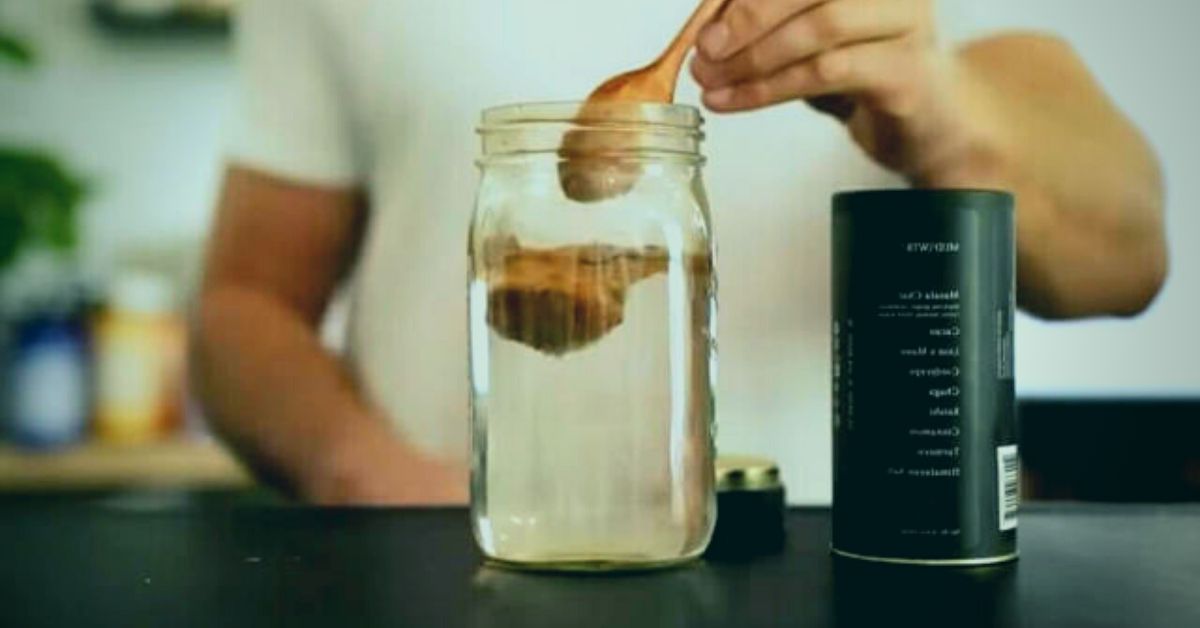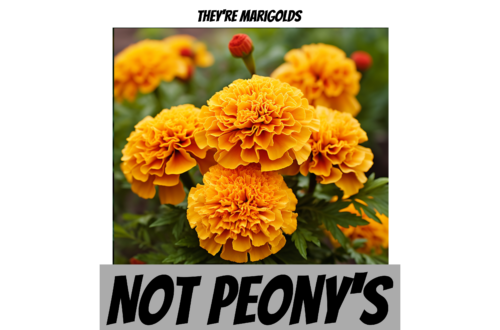The Lady’s Mantle Plant Benefits & Many Uses
The Lady’s Mantle plant, Or Alchemilla vulgaris, is a perennial herb that has a fascinating history and a wide range of uses. Native to Europe but now found in various parts of the world, it gets its name for resemble the cloak of the Virgin Mary. Throughout history, Lady’s Mantle has been associated with mysticism and magic, often used in traditional remedies and rituals. Not only valued for its medicinal properties, but this plant also adds beauty to gardens with its attractive foliage and delicate yellow-green flowers.
The Lady’s Mantle Plant can solve these problems
Lady’s Mantle contains a variety of compounds that may have positive effects on the human body. Here are a few potential benefits:
Menstrual Issues: Lady’s mantle has been used to help regulate menstrual cycles and alleviate symptoms such as cramping and heavy bleeding. It is believed to have a toning effect on the uterus.
Digestive Support: This herb has been used to aid in digestion by reducing inflammation and soothing the digestive tract. It may also help relieve symptoms such as bloating and indigestion.
Anti-inflammatory Properties: Lady’s mantle contains compounds that have been reported to possess anti-inflammatory effects. This may be beneficial for conditions such as arthritis or other inflammatory conditions.
Wound Healing: The plant is known for its astringent properties, which can help tighten and soothe the skin. It has been used topically to aid in the healing of wounds, cuts, and skin irritations.
Antioxidant Effects: Lady’s mantle contains antioxidants that may help protect cells from damage caused by free radicals, potentially benefiting overall health and well-being.
How to use Lady’s Mantle
Lady’s mantle can be used as an antioxidant in different ways. Here are a few common methods:
Herbal Tea: One of the simplest ways to enjoy the antioxidant benefits of Lady’s mantle is by making a herbal tea. You can use either fresh or dried leaves. Steep a teaspoon of dried leaves or a few fresh leaves in a cup of hot water for about 10 minutes. Strain and enjoy the tea. You can add a touch of honey or lemon, if desired.
Tincture: Another option is to use Lady’s mantle in tincture form. A tincture is a concentrated liquid extract. You can find Lady’s mantle tinctures in health food stores or online. Follow the recommended dosage instructions provided on the product label.
Skin Care: Lady’s mantle can also be used topically as part of your skincare routine for its potential antioxidant effects. You can infuse the dried leaves in carrier oils, such as olive oil or coconut oil, to create your own antioxidant-rich oil. Apply a small amount of the infused oil to your skin after cleansing as a moisturizer or use it for gentle massage.
History Of The Lady’s Mantle Plant
Scientifically known as Alchemilla vulgaris,s a perennial herb that has a rich history dating back centuries. It is native to Europe, but can now be found in many parts of the world.
The plant gets its name from the shape of its leaves, which are said to resemble the cloak of the Virgin Mary, hence the term “Lady’s mantle.” In medieval times, the plant was associated with the Virgin Mary and was believed to have magical and mystical properties. It was often used in various folk remedies and rituals.
Lady’s mantle has a long history of use in traditional medicine. It was commonly used by herbalists and healers to treat a variety of conditions, including digestive issues, menstrual problems, wound healing, and skin disorders. The plant was also used in childbirth to help control bleeding and assist with postpartum recovery.
In addition to its medicinal uses, Lady’s mantle was also used in culinary preparations. The young leaves were sometimes added to salads or cooked as a vegetable. The plant was also used to make herbal teas and infusions.
Today, Lady’s mantle is still valued for its medicinal properties and is often used as a natural remedy for various ailments. It is also a popular plant in gardens due to its attractive foliage and delicate yellow-green flowers.
Decoration Tips
Decorating your home with Lady’s Mantle plants can add a touch of beauty and natural elegance to your space. Here are a few suggestions on how to incorporate this plant into your home decor:
Indoor Pots: Place Lady’s Mantle plants in decorative pots and display them on shelves, windowsills, or tables. Choose pots that complement your interior decor style, such as ceramic or terracotta pots for a rustic look, or sleek modern pots for a contemporary feel.
Hanging Baskets: Consider suspending Lady’s Mantle plants in hanging baskets, which can add a unique visual element to your home. Hang them near windows or in corners to create a cascading effect.
Terrariums: Create a small indoor garden by placing Lady’s Mantle plants in a glass terrarium. This will not only showcase the plant but also create an interesting focal point in your space.
Flower Arrangements: Harvest some Lady’s Mantle stems and incorporate them into floral arrangements. Their delicate green foliage and tiny yellow flowers can add texture and interest to bouquets or centerpieces.
Garden Borders: If you have a garden or outdoor space, Lady’s Mantle plants can be used to create beautiful borders. Plant them along pathways or around flower beds to add a soft, lush touch to your garden.
Remember to provide the plant with the appropriate amount of sunlight, water, and care based on its specific needs to ensure it thrives in its new home.
Conclusion
In conclusion, the Lady’s Mantle plant is a botanical gem with a rich history and diverse uses. From its association with religious symbolism to its role in traditional medicine, this herb has captivated humans for centuries.
It’s important to note that while Lady’s mantle has a long history of traditional use, scientific research on its medicinal properties is still ongoing. Remember, the antioxidant properties of Lady’s mantle are still being studied, and individual results may vary.
It’s always a good idea to consult with a healthcare professional before using any herbal remedies, especially if you have any underlying health conditions or are taking medications.


